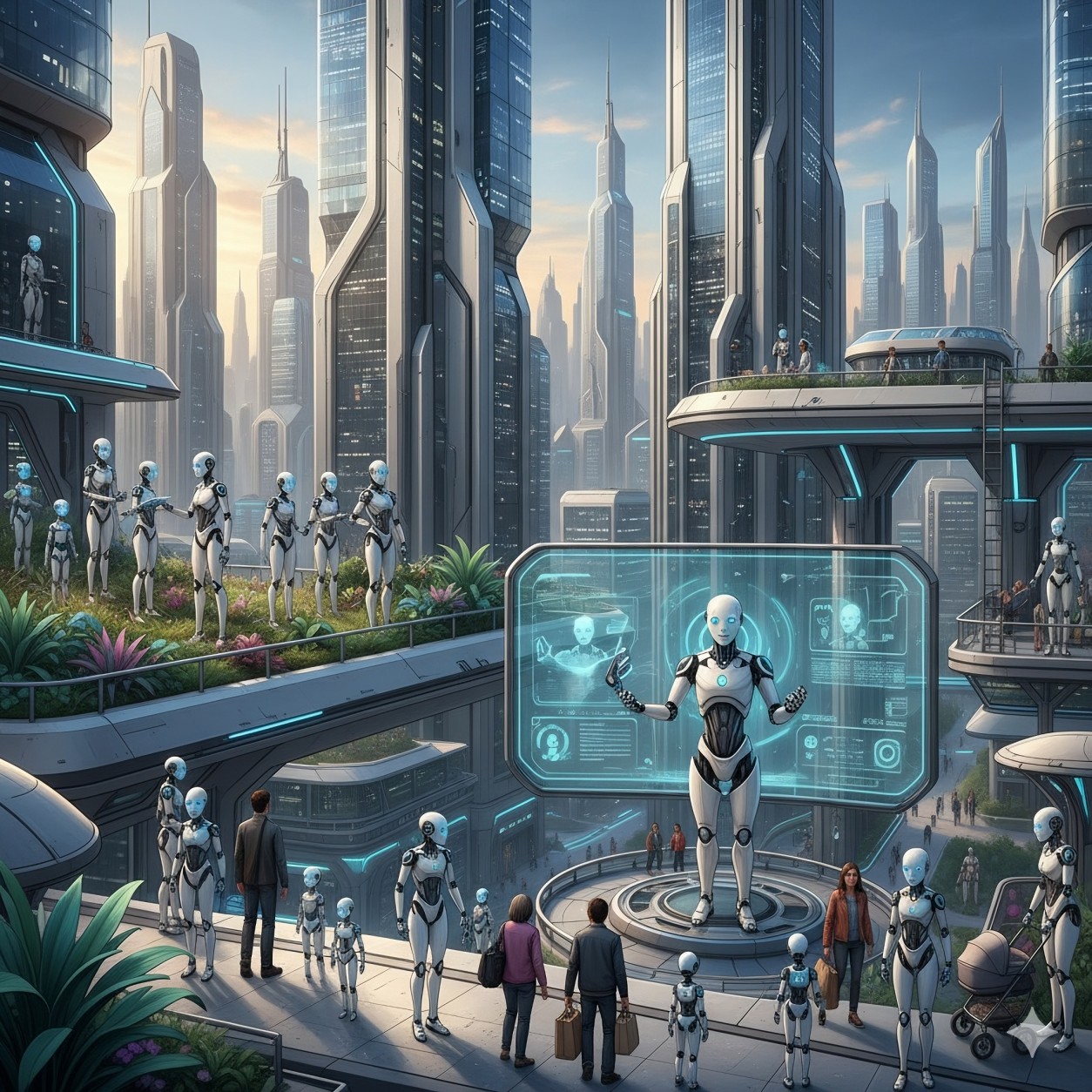The Future of Humanoid Robots: Where Innovation Meets Humanity

Humanoid robots have long captured the human imagination — from science fiction icons to the real-world prototypes of today. But what was once fantasy is rapidly becoming reality. As artificial intelligence, robotics, and material science continue to converge, humanoid robots are stepping out of research labs and into homes, workplaces, and even hospitals.
1. The Rise of Human-Centered Robotics
The current generation of humanoid robots marks a significant shift: they are no longer designed merely to mimic humans, but to interact with them naturally. Advances in motion control, facial recognition, and large language models now enable robots to perceive, understand, and respond to emotional and environmental cues.
Leading examples include Tesla’s Optimus, Agility Robotics’ Digit, and the social humanoid robot Ameca — each representing a leap toward lifelike movement and intuitive communication.
2. Intelligence Meets Empathy
The real revolution, however, lies not in hardware but in cognition. Modern humanoids are powered by neural networks capable of contextual reasoning and adaptive learning. This allows them to assist in complex environments — from guiding patients in healthcare facilities to supporting elderly individuals in daily tasks.
The next wave of development focuses on emotional intelligence: the ability to detect stress, respond empathetically, and adapt behavior to human moods. As AI aligns more closely with human interaction models, humanoid robots will transition from functional helpers to emotionally aware companions.
3. Ethical and Societal Implications
With progress come new ethical questions. How do we define autonomy? What rights should humanoid robots have once they can make independent decisions? And how do we ensure that humans remain emotionally healthy in relationships with machines?
Regulatory frameworks are only beginning to form, and researchers stress the importance of designing “ethical AI” systems — ensuring transparency, privacy, and moral safeguards in robot decision-making.
4. A Glimpse into the Next Decade
By 2035, humanoid robots may become as common as smartphones are today — personalized, affordable, and connected through shared cloud intelligence. Imagine a world where humanoid assistants handle domestic chores, participate in collaborative workspaces, and even act as mediators between humans and AI-driven systems.
This transformation won’t just redefine technology — it will reshape our very notion of companionship, productivity, and identity in a hybrid human-machine society.
Conclusion
Humanoid robots are no longer science fiction — they are becoming an integral part of the real world. The future won’t be defined by robots replacing humans, but by a new era of coexistence, where intelligent machines enhance human potential rather than compete with it.
Thanks for helping to keep our community civil!
This post is an advertisement, or vandalism. It is not useful or relevant to the current topic.
You flagged this as spam. Undo flag.Flag Post


